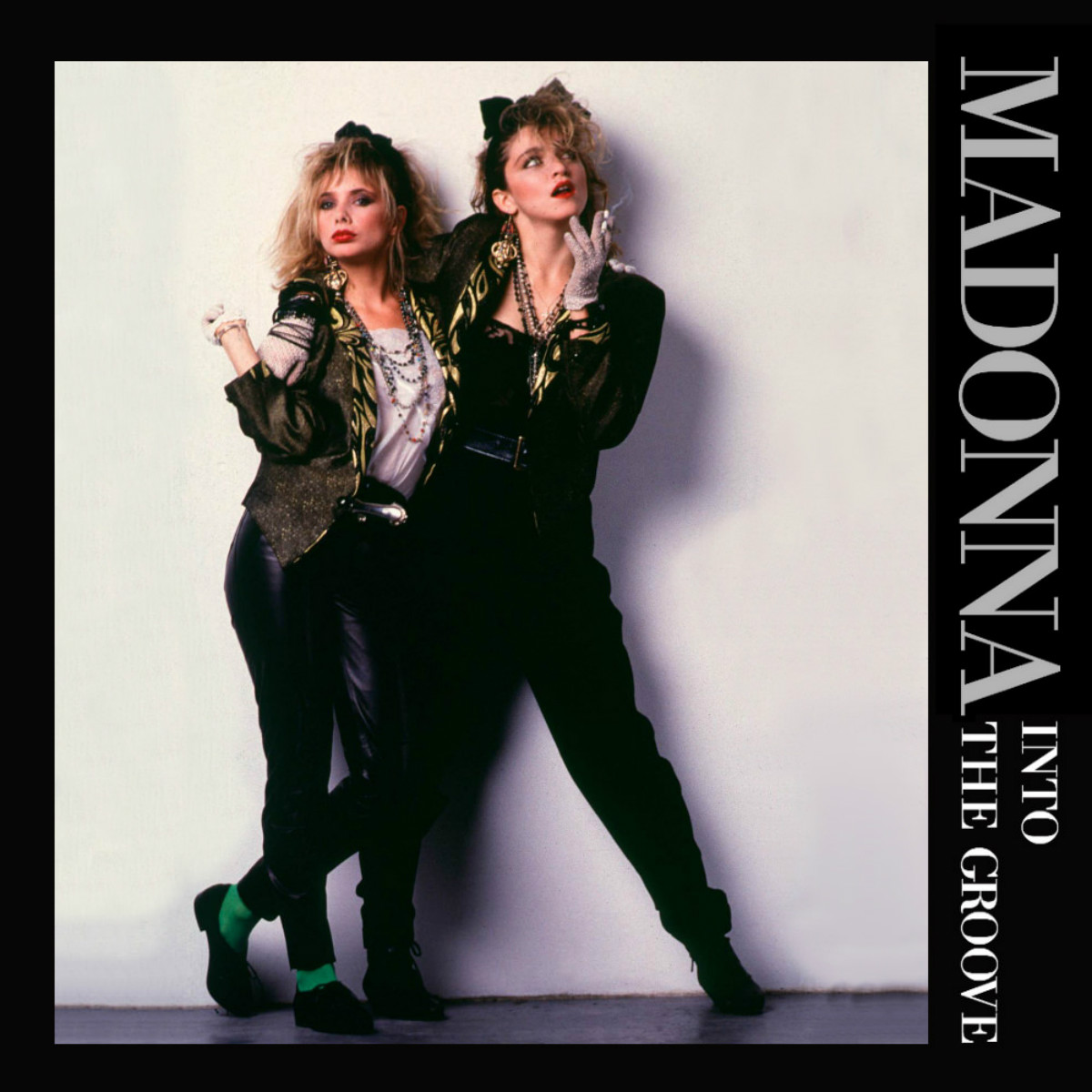

She kept pace through the 2000s and 2010s, exploring disco, electro, and minimalistic takes on ’80s dance music, continuing to track the sound of the times while always, somehow, remaining herself. (Between “Vogue” and the tour documentary Madonna: Truth or Dare, it was also a moment when she leaned into her support of the LGBTQ community-a relationship that has defined her career.) Just as quickly as she’d embraced her inner sinner, she pivoted, first with a role as former Argentinian first lady Eva Perón in the 1996 film and soundtrack Evita, then with the 1998 album Ray of Light-projects that rechristened her as a mature, soul-searching artist in a chaotic world. In the ’90s, she shifted her focus more explicitly to the intersection of sex and power ( Erotica, Bedtime Stories, the photo book Sex), with a sound that flirted with house, new jack swing, and late-night R&B. Like Prince, her music was immediate but her character was incredibly complex: She could be brassy (“Material Girl”) and sweet (“Open Your Heart”), earnest (“Papa Don’t Preach”) and playful (“Like a Virgin”), sacred and profane-a variety that widened the emotional spectrum for pretty much every female pop artist in her wake. She remained more or less invincible throughout the '80s, releasing a string of albums ( Like a Virgin, True Blue, and Like a Prayer) that continue to define the era.


(She was fired from a brief stint at a Times Square Dunkin’ Donuts after spraying a customer-either accidentally or on purpose, she never confirmed-with donut jelly.) After playing in a couple of New Wave bands, she went solo, exploring a simple, almost punky, almost amateurish take on dance music (“Borderline,” “Lucky Star”) that brought the grandeur of disco down to human scale. She's an artist capable of combining styles and images in ways that are both novel and groundbreaking, who changes with such frequency and confidence that change has become her defining characteristic.īorn in Bay City, Michigan, in 1958, she spent her childhood studying ballet, later moving to New York to try and make it as a dancer. Here was this beautiful, androgynous man, just being so… perverse.” More than a musician, Madonna-like Bowie then and Kanye West now-is a supreme cultural curator. The night changed her life-not just because the music was great, but because, as she put it more than 20 years later while accepting Bowie’s induction into the Rock & Roll Hall of Fame, “it was great theater. When Madonna Louise Ciccone was 15, she put on a black silk cape and the biggest platform shoes she owned, snuck out of her bedroom window in suburban Michigan, and hitchhiked to Detroit to see David Bowie live.


 0 kommentar(er)
0 kommentar(er)
